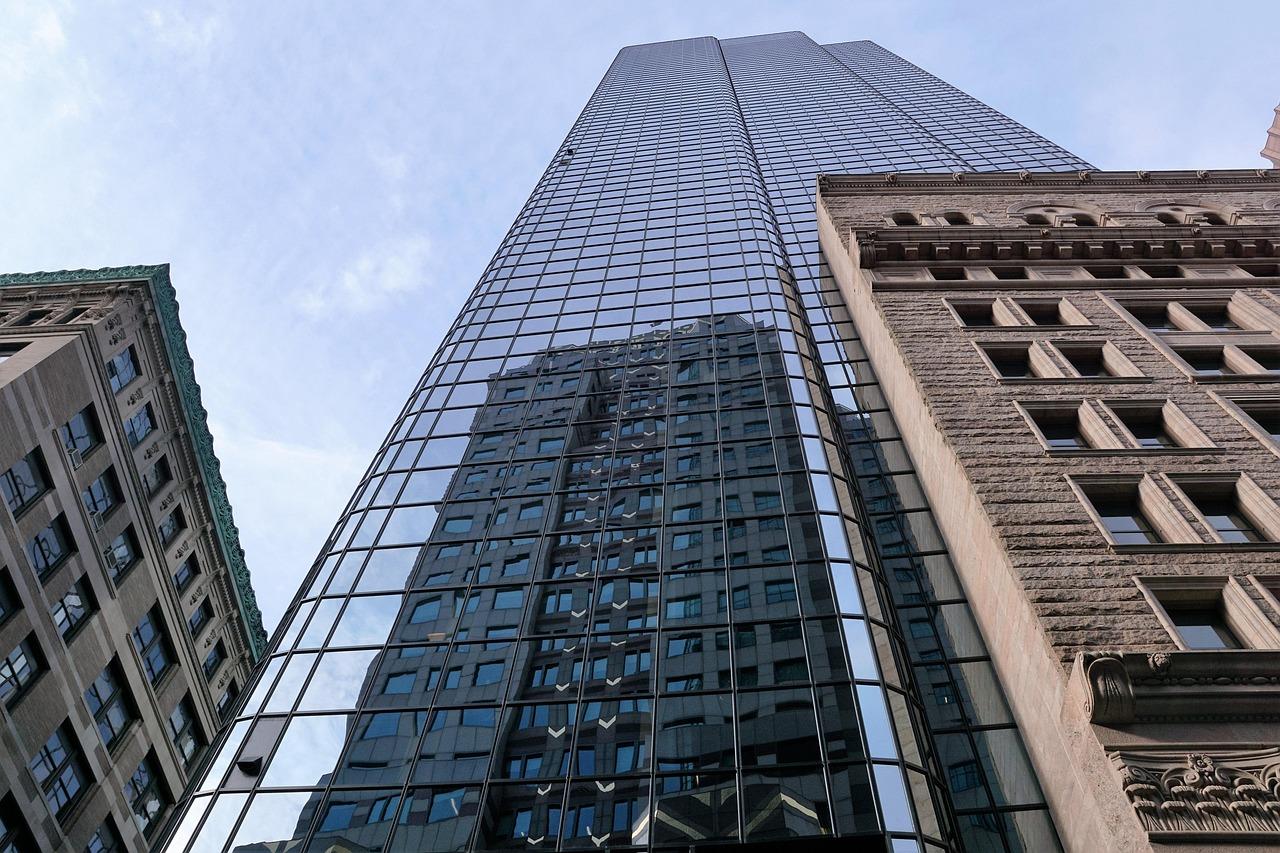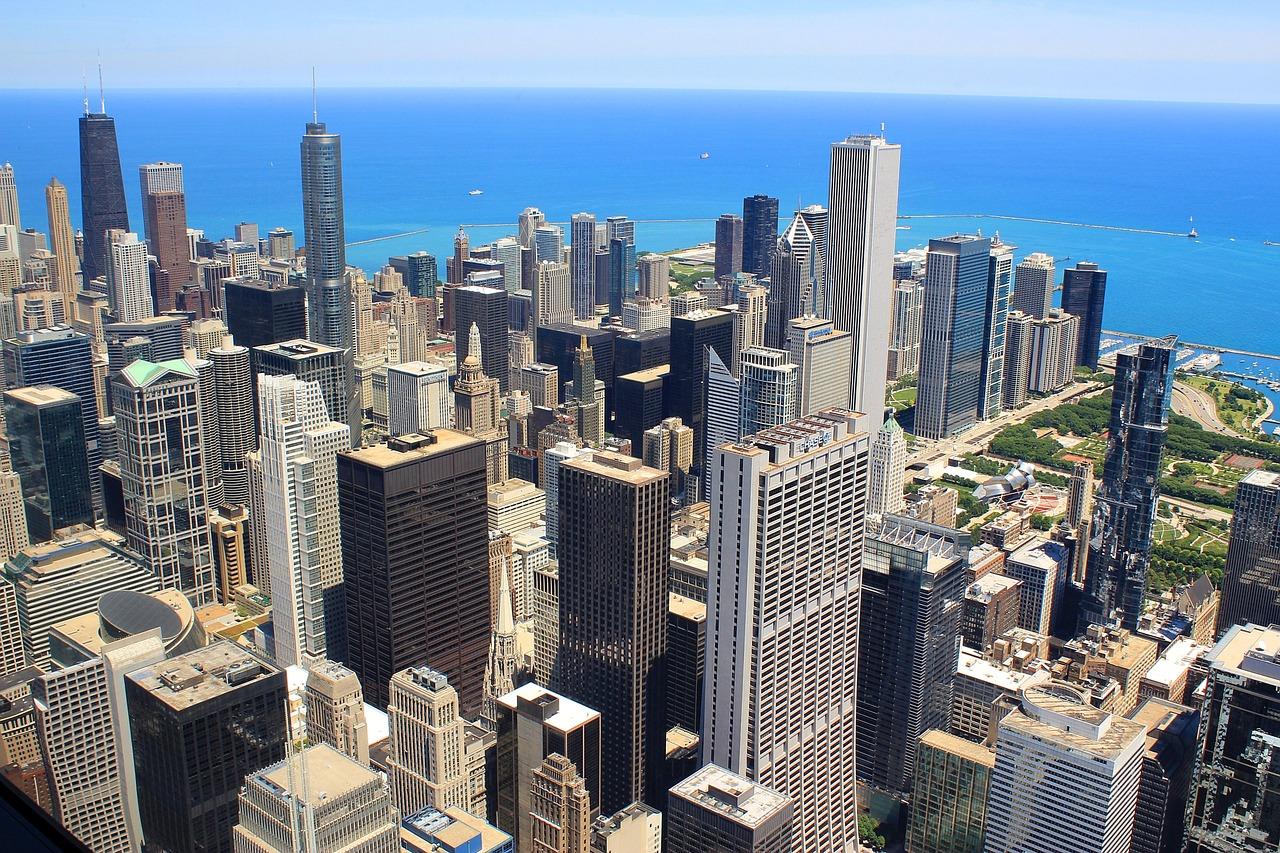1. What is the investment amount needed for EB-5?
The investment amount depends on the location of the project or company. If the project or company is located in areas prioritized by the US government for attracting EB-5 capital, known as TEAs (Targeted Employment Areas), the minimum investment amount will be $800,000. For projects located in other areas, the investment amount starts at $1,050,000.
The current investment amount was set by the Reform and Integrity Act of 2022. This amount will be reviewed and adjusted for inflation every five years, and the next review will be in 2027.
Additional non-refundable expenses can vary from $100,000 to $200,000.
2. Where exactly should projects be located to invest at the lower level of $800,000?
Projects located in TEA (targeted employment areas) , allow you to invest a reduced amount of $800,000 instead of $1,050,000 and these locations can be of two types:
- Rural Areas: Locations with less than 20,000 inhabitants.
- High Unemployment Areas: Census tracts (territorial units used by the US government for collecting population data) where the unemployment level is at least 50% higher than the national average. High Unemployment Areas can include even parts of cities such as Miami, New York, and others.
The latest definition of Targeted Employment Area (TEA) was set by the Reform and Integrity Act of 2022.
3. Do I have to live in the state where my project is located?
No, you do not need to live in the state where the project is located. You can live anywhere in the US.
4. Where do I need to invest to obtain a Green Card through the EB-5 program?
You can invest in your own business in the US, create 10 jobs, run the company, and enjoy all the obligations and benefits of a business owner. You may also buy a franchise for this purpose. This option, known as “Direct EB-5” in official EB-5 language, requires you to be fully responsible for the success or failure of your business and your immigration journey.
Another option is to invest in a Regional Center project. These are usually larger projects, commonly in the real estate sector, such as the construction of hotels, logistics facilities, multifamily housing, and similar ventures. If you invest through a Regional Center, you will first invest your funds in a company managed by the Regional Center (New Commercial Enterprise or NCE). This company then allocates the accumulated funds from multiple investors to the project itself (Job Creating Enterprise or JCE). The second transaction between the NCE and JCE can be in the form of equity, preferred equity, or a loan.
In the case of Regional Center projects, job creation is determined by the expenditure method (cost-based).
Over the last 10 years, more than 96% of EB-5 visas have been issued based on Regional Center projects. Examples of Regional Center projects can be found on our EB-5 Project Page.
5. How long are my funds invested with the Regional Center, and what level of return can I expect on my investment with Regional Center projects?
The typical investment term for an EB-5 project is 3 to 7 years. Large Regional Centers, which have more than 10 projects with repaid capital, offer very low interest rates that vary from an annual return of 0.25% to 0.5%. Smaller Regional Centers offer returns of 1% to 2%. If the Regional Center is affiliated with the project owner, you may find annual returns of 2% to 6%, subject to certain conditions.
6. When do I need to invest my funds – before or after the application?
According to the legislation, the EB-5 applicant is required to show that they either “have invested” or “are actively in the process of investing the required amount of capital” at the time the Form I-526 is submitted. It is recommended to show all funds transferred to the project at the moment of application.
However, in some exceptional cases, investors may proceed with a so-called “partial investment,” where the I-526 is filed after a portion of funds have been transferred. The size of this portion depends on the policies of the Regional Center and advice from immigration attorneys.
7. Do I have to travel to the US to submit my EB-5 application?
All processes involved in applying for an EB-5 visa, such as selecting an immigration attorney, choosing a project, and preparing the immigration petition can be arranged remotely. You can sign all agreements using scanned copies and provide all required documentation for the Form I-526 in electronic format.
Once your application is complete, your immigration attorney will print it out and send it to USCIS via the postal service. You do not need to have a visa for the US to proceed with an EB-5 application.
However, if you prefer to meet your immigration attorney in person or wish to visit the project you intend to invest in, you are welcome to do so.
8. When can I move to the US with the EB-5 program?
The EB-5 program leads you and your family members to the US Green Card. However you can start living in the US with the EB-5 program even before you have received a Green Card.
There are two main options which may allow you to move to the US.
- Option 1 – Consular Processing: 1 – 3 years from the first application
You can wait for approval of your first application (I526 petition) and get an immigrant visa to enter the US. In this case, you will receive a Conditional Green Card in a few weeks/months after your arrival to the US with an immigrant EB-5 visa.
- Option 2 – Change of status: 0 – 3 years years from the first application
If you have another type of visa open and apply for an EB-5 visa in the US, you can file for a change of status (adjustment of status) simultaneously. While awaiting a decision, you can stay in the US with a temporary document such as an Employment Authorization Document (EAD) and Advanced Parole (AP). Travel is restricted until you receive your AP, which can take 4-12 months. You can apply for a change of status at any time after submitting your initial application, whether it is still under review or already approved.
9. How long does the entire EB-5 process take?
The EB-5 process has two main steps: obtaining a Conditional Green Card and then removing the conditions to receive a Permanent Green Card for the investor and their family members.
The total length of the process depends on the processing times of both petitions. On average, it takes 5-8 years from the start to receiving a Permanent Green Card.
10. What are some examples of lawful sources of funds for an EB-5 visa? Can I use a gift or loan for EB-5?
Examples of lawful sources of funds can include salary (wages), proceeds from the sale of property, dividends from businesses, and proceeds from the sale of a business.
In addition to documentation confirming the actual source, USCIS may request additional details. For instance, if you sold real estate, they may ask for documents demonstrating the original purchase of the property and the source of those funds. Similarly, if you received dividends from a business, they may inquire about the initial capital used to start the business.
Loans can also be used. Secured loans involve using the investor’s assets as collateral. USCIS may require proof of the lawful source of funds used to acquire the assets securing the loan.
Unsecured loans are permissible as well. However, if the loan is from a bank or financial institution, an official license is required. For loans from private lenders, USCIS typically requires extensive documentation including a written loan agreement, the lender’s income tax returns, and details on how the lender accumulated the funds.
Gifts can be used, but USCIS requires an explanation of who gave the funds and the source of the donor’s funds.
11. Are there any guarantees that I will receive my Green Card?
The EB-5 program is structured as an opportunity, not a guarantee. If you choose a project that is unable to create the required jobs and fulfill its documentary obligations, you risk not receiving a Green Card. Choosing an experienced Regional Center can help you reduce this risk.
12. What is the probability that I will get my EB-5 investment capital back?
The probability of getting your EB-5 investment capital back depends on the project you choose for your investment. There is no official data available on the financial success rate of EB-5 projects. However, individual Regional Centers provide information on their previous track records.
13. What happens to my funds if my EB-5 application is denied?
Refund policies vary between projects and are usually detailed in the subscription and operating agreements. Terms can differ among Regional Centers. Typically, in many projects, there is a mechanism to refund the principal investment of $800,000 to the investor within 3 to 9 months in case of denial.
Categories:




